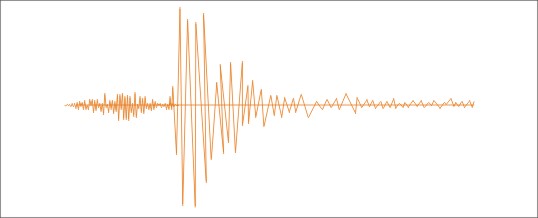Acoustic Emission testing
Location:
HOME英文solutionsAcoustic Emission testing
Leading of acoustic emission equipment providers
Leading of acoustic emission equipment providers
Update time:2006-11-28 16:52 Viewed:次

